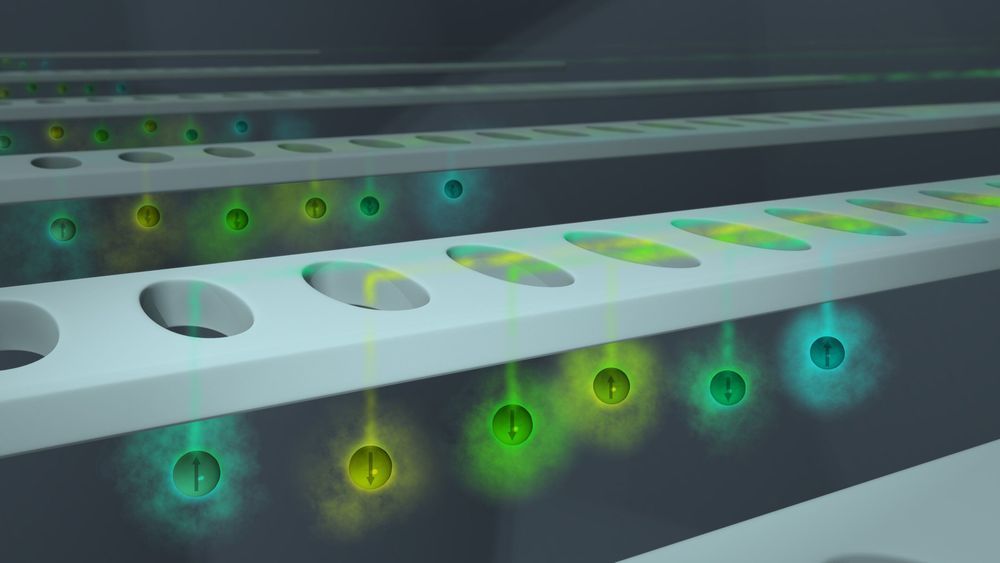It’ll start to roll out in coming months, SpaceX says.
The hardware kit to get started will cost an additional $499 up front.

IEEE RAS CUI Wah SB presents a webinar titled “Lower Earth Orbit High Throughput Satellites Mega-Constellations” and the speaker of this Webinar is “Engr. Muhammad Furqan” Researcher, Queensland University of Technology, Brisbane Australia, Former Satellite Communication Specialist, Ministry of Defense, Qatar and Former Senior Executive VSAT/DVB Wateen Telecom Pakistan.
For future events stay tuned with us by visiting our social media platforms.
Instagram: https://bit.ly/31mH04w
Facebook IEEE STB: https://bit.ly/33z5vOx
Facebook IEEE RAS: https://bit.ly/3fyTaw3

The asteroid is believed to be the exposed, dead core from an early planet, that either failed to form, or was the result of many collisions over time.
16 Psyche, which was discovered in 1852, is located in the Solar System’s main asteroid belt between Jupiter and Mars about 370 million kilometres from Earth.

Quantum computers are now a reality, although they are still too rudimentary to factor numbers of more than two digits. But it is only a matter of time until quantum computers threaten Internet encryption.
Nature caught up with Shor to ask him about the impact of his work — and where Internet security is heading.
Nature talks to Peter Shor 25 years after he showed how to make quantum computations feasible — and how they could endanger our data.
Li’l Kurt is a genetic marvel.
In an effort to increase genetic diversity among horses, scientists have gone sci-fi and used frozen 40-year-old cells to create Kurt, the very first clone of a Przewalski’s horse.
🐴 You love badass animals. So do we. Let’s nerd out over them together.

With the onset of first snow and sub-zero temperatures in East Ladakh, the Indian Army troopers, equipped with US-made blizzard masks, have settled down for the winter against the People’s Liberation Army (PLA), with the focus of national security planners now shifting to beefing maritime security.
While the four-nation QUAD multilateral exercises under Malabar begin next Tuesday, the Indian military planners have decided to give top priority to Eastern Naval Command and island territories of Andaman and Nicobar Islands, and Lakshadweep to counter any threat from PLA Navy in Indian Ocean. The Western Naval Command has also been asked to spread out its assets with Karwar base in Karnataka as focus.
The plan follows a security assessment that pitched concern around China’s PLA Navy way over the maritime threat from the Pakistan Navy.

When atoms get extremely close, they develop intriguing interactions that could be harnessed to create new generations of computing and other technologies. These interactions in the realm of quantum physics have proven difficult to study experimentally due the basic limitations of optical microscopes.
Now a team of Princeton researchers, led by Jeff Thompson, an assistant professor of electrical engineering, has developed a new way to control and measure atoms that are so close together no optical lens can distinguish them.
Described in an article published Oct. 30 in the journal Science, their method excites closely-spaced erbium atoms in a crystal using a finely tuned laser in a nanometer-scale optical circuit. The researchers take advantage of the fact that each atom responds to slightly different frequencies, or colors, of laser light, allowing the researchers to resolve and control multiple atoms, without relying on their spatial information.

ICL’s salt ponds constitute the southern part of the Dead Sea. Many hotels and tourist attractions were built on these ponds’ shores and utilize their production of salt for the local tourism industry. Specifically, one major pond — Pond 5 — “enables the … livelihoods of thousands of people [who are] dependent on [its] stable water level,” according to ICL.
In the spirit of Halloween:
Zombies are oftentimes a common trope in science fiction and horror. In this video, we will go over why and how they are plausible.
Discord Link: https://discord.gg/brYJDEr
Patreon link: https://www.patreon.com/TheFuturistTom
Please follow our instagram at: https://www.instagram.com/the_futurist_tom
For business inquires, please contact [email protected]
